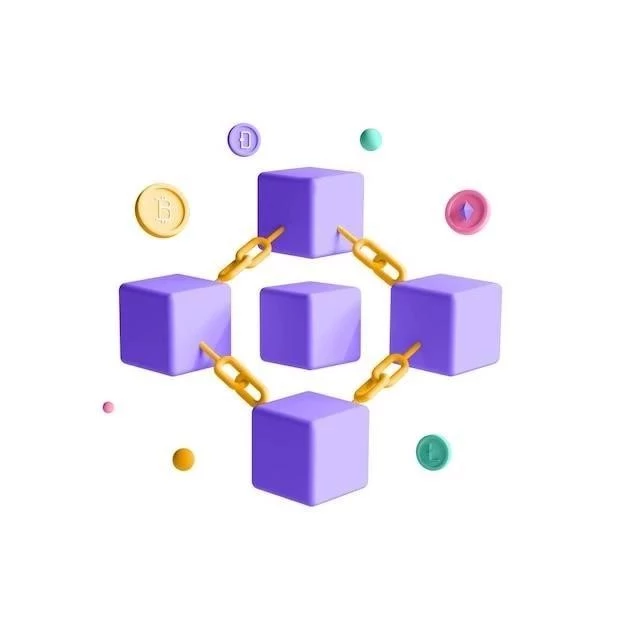Table content
The Layer 1 blockchain XION, which is backed by Circle and Multicoin, has formally emerged as the primary mainnet platform to abide by EU rules.
According to the venture-supported L1, this adherence also makes it the initial blockchain network to release a white paper on crypto asset markets. Following the declaration, the utility token employed for network charges, governance, and proof-of-stake security surged by over 10%. Currently, XION is being traded at approximately $0.90. This chain abstraction mainnet was launched in early December, just days before the EU’s MiCA regulations completely took effect on December 30, 2024. This walletless blockchain, which is focused on connecting Web2 and Web3, revealed this achievement in a press release on March 13.
The XION team intends to utilize the regulatory precision offered by MiCA to broaden its impact in the region by aiming at institutional investors. With this accomplishment, XION is currently the primary Layer 1 platform to adhere to the regulatory structure of MiCA Chapter II, which offers guidelines for handling crypto assets across the EU.
Chapter II of the EU’s extensive market guidelines aims at digital asset issuers, offerors, and providers who desire to introduce their crypto trading products to customers in the 27 member states. XION founder Burnt Banksy stated, “By conforming to the EU’s developing regulatory landscape, we are reinforcing the groundwork for wider Web3 adoption by guaranteeing that institutions and users can access XION in a compliant way.”
XION attained this achievement a few months after introducing its mainnet and carrying out a gamified initial token airdrop. XION will employ this compliance milestone to hasten access to Web3, with its technology stack assisting in removing obstacles that impede broader adoption.
**XION Turns Into the Initial Regulated Layer 1 Blockchain, Reaching MiCA Achievement**
The XION infrastructure tier highlights some impressive attributes, including meta-accounts, widespread account abstraction, and signature abstraction. Consider it a very adaptable and simple-to-use base for all kinds of interesting applications!


